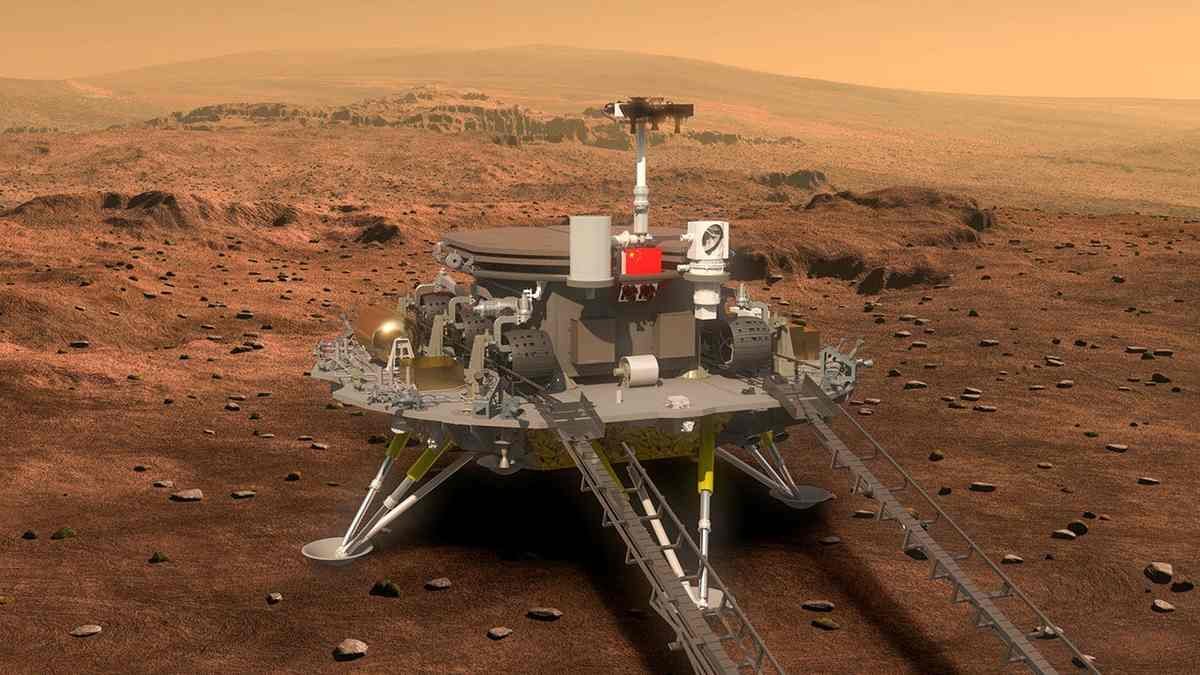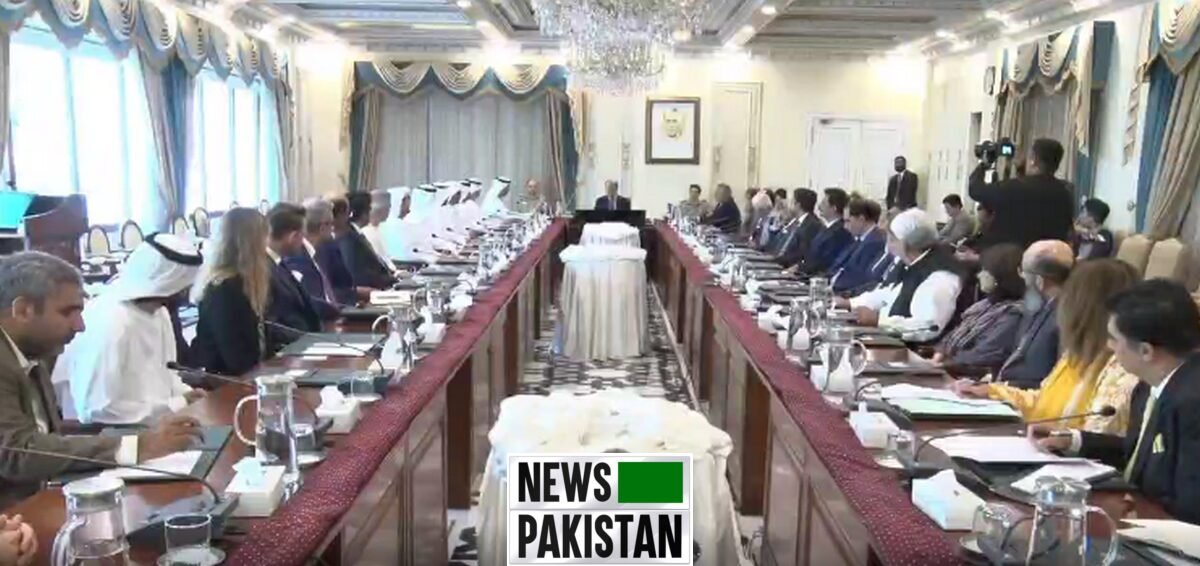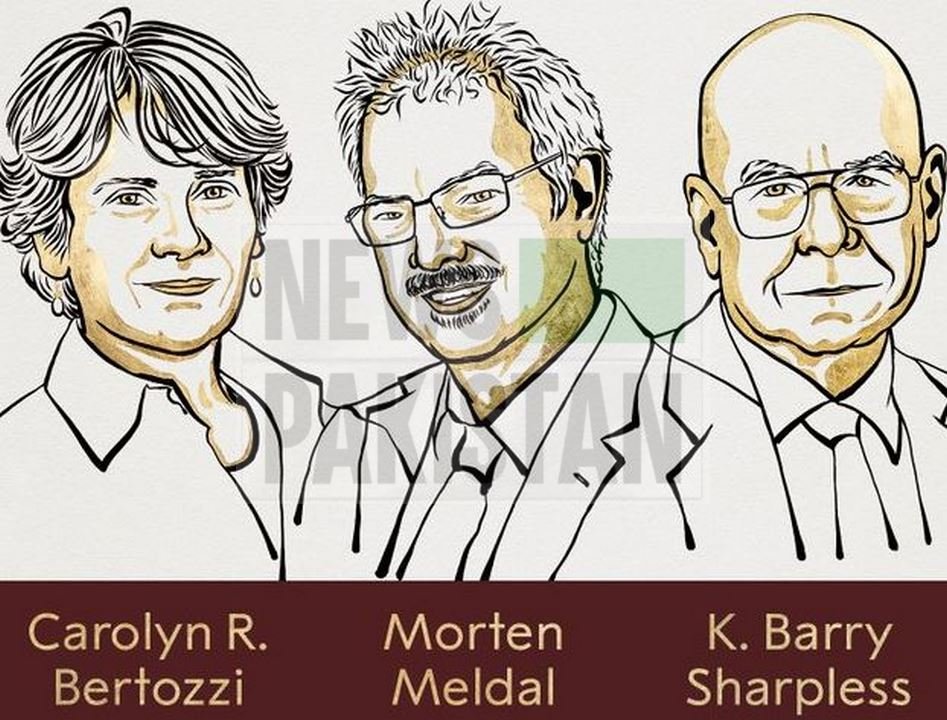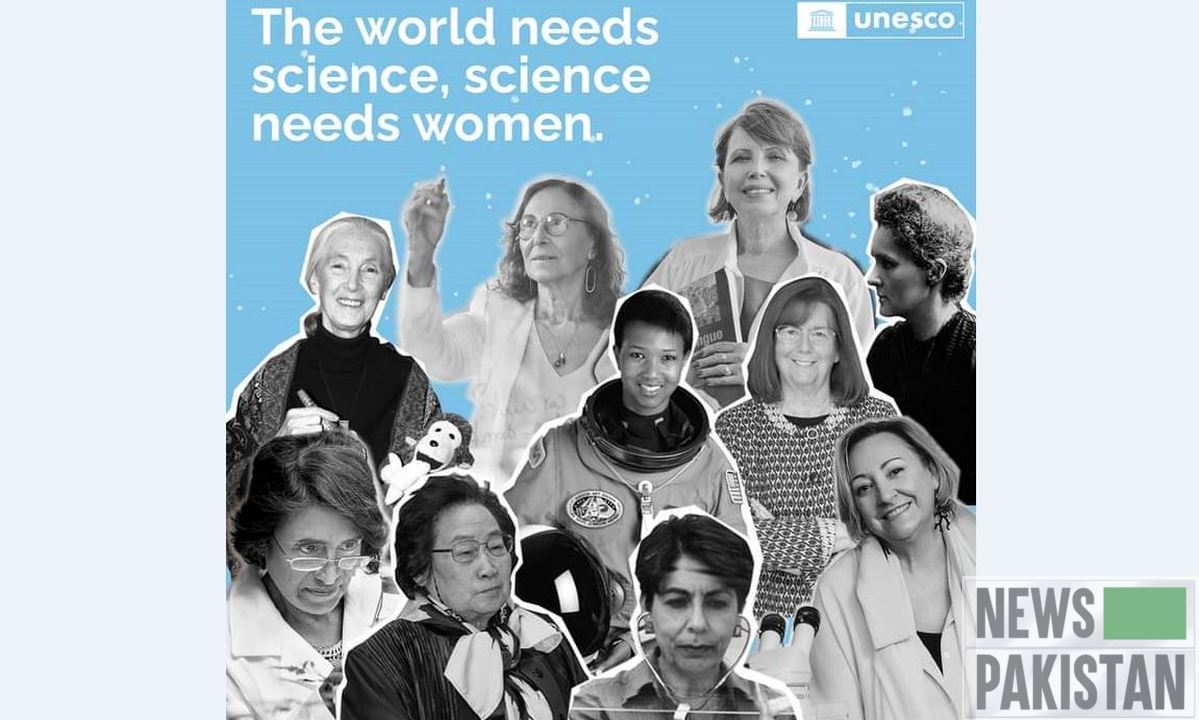STOCKHOLM: The Nobel Chemistry Prize was on Wednesday (5th of October, 2022) awarded to a trio of chemists from the US and Denmark who laid the foundation for a more functional form of chemistry.
Americans Carolyn Bertozzi and Barry Sharpless, together with Denmark’s Morten Meldal, were honoured “for the development of click chemistry and bioorthogonal chemistry,” the jury said.
The award marks the second Nobel for 81-year-old Sharpless, who won the chemistry Nobel in 2001.
Only four other individuals have achieved the feat, including Polish-born Frenchwoman Marie Curie.
Click chemistry “is an elegant and efficient chemical reaction that is now in widespread use,” the jury said in a statement.
“Among many other uses, it is utilised in the development of pharmaceuticals, for mapping DNA and creating materials that are more fit for purpose,” it added.
“This year’s Prize in Chemistry deals with not overcomplicating matters, instead working with what is easy and simple,” Johan Aqvist, Chair of the Nobel Committee for Chemistry, said in the statement.
The trio will share the Nobel award sum of 10 million Swedish kronor ($917,500), will receive the prize from King Carl XVI Gustaf at a formal ceremony in Stockholm on December 10, the anniversary of the 1896 death of scientist Alfred Nobel who created the prizes in his last will and testament.
Sharpless, a professor at Scripps Research in California, “started the ball rolling” and “coined the concept of click chemistry” around 2000, the jury said.
“Shortly afterwards, Morten Meldal and Barry Sharpless – independently of each other – presented what is now the crown jewel of click chemistry: the copper catalysed azide-alkyne cycloaddition,” the jury said.
Meldal, 68, is a professor of chemistry at the University of Copenhagen.
Bertozzi, who is a professor at Stanford in the United States, then took it to “a new level.”
“She developed click reactions that work inside living organisms. Her bioorthogonal reactions take place without disrupting the normal chemistry of the cell,” the jury said.
“I’m absolutely stunned, I’m sitting here and I can hardly breathe,” Bertozzi told reporters via telephone, minutes after the announcement.
Last year, the academy honoured Germany’s Benjamin List and US-British dual national David MacMillan for their development of a precise tool for molecular construction known as asymmetric organocatalysis.
On Monday, the medicine prize went to Swedish paleogeneticist Svante Paabo for his discoveries on the genomes of extinct hominins and human evolution.
Then on Tuesday, physicists Alain Aspect of France, John Clauser of the United States and Austria’s Anton Zeilinger were given the physics prize for developing experimental tools that helped prove quantum entanglement – a phenomenon Albert Einstein dismissed as “spooky action at a distance”.
The chemistry prize will be followed by the highly watched literature and peace prizes, announced on Thursday and Friday respectively.
The peace prize is expected to hold a special significance this year given the Russian invasion of Ukraine.
Recent winners of the Nobel Chemistry Prize
Here is a list of Nobel Chemistry Prize winners over the past 10 years, ahead of Wednesday’s announcement of the 2022 award: 2021: Benjamin List (Germany) and David MacMillan (US) for their development of a precise tool for molecular construction known as asymmetric organocatalysis.
2020: Emmanuelle Charpentier (France) and Jennifer Doudna (US) for developing the gene-editing technique known as the CRISPR-Cas9 DNA snipping “scissors”.
2019: John Goodenough (US), Stanley Whittingham (Britain) and Akira Yoshino (Japan) for the development of lithium-ion batteries, paving the way for smartphones and a fossil fuel-free society.
2018: Frances H. Arnold (US), George P. Smith (US) and Sir Gregory P. Winter (Britain) for developing enzymes used for greener and safer chemistry and antibody drugs with fewer side effects.
2017: Jacques Dubochet (Switzerland), Joachim Frank (US) and Richard Henderson (Britain) for cryo-electron microscopy, a method for imaging tiny frozen molecules.
2016: Jean-Pierre Sauvage (France), Fraser Stoddart (Britain) and Bernard Feringa (The Netherlands) for developing molecular machines, the world’s smallest machines.
2015: Tomas Lindahl (Sweden), Paul Modrich (US) and Aziz Sancar (Turkey-US) for work on how cells repair damaged DNA.
2014: Eric Betzig (US), William Moerner (US) and Stefan Hell (Germany) for the development of super-high-resolution fluorescence microscopy.
2013: Martin Karplus (US-Austria), Michael Levitt (US-Britain) and Arieh Warshel (US-Israel) for devising computer models to simulate chemical processes.
2012: Robert Lefkowitz (US) and Brian Kobilka (US) for studies of G-protein-coupled cell receptors.
APP
Newspakistan.tv | YouTube Channel











